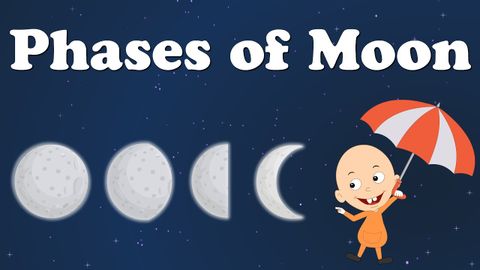
Subtitles & vocabulary
Phases of Moon | #aumsum
00
AumSum posted on 2019/04/18Save
Video vocabulary
term
US /tɚm/
・
UK /tɜ:m/
- Noun (Countable/Uncountable)
- Conditions applying to an agreement, contract
- Length of time something is expected to happen
- Transitive Verb
- To call; give a name to
A1TOEIC
More journey
US /ˈdʒɚni/
・
UK /'dʒɜ:nɪ/
- Noun
- Act of traveling from one place to another; trip
- Intransitive Verb
- To travel through a place
A2TOEIC
More approximately
US /əˈprɑksəmɪtlɪ/
・
UK /əˈprɒksɪmətli/
- Adverb
- Around; nearly; almost; about (a number)
A2TOEIC
More orbit
US /ˈɔrbɪt/
・
UK /'ɔ:bɪt/
- Noun
- Path an object takes as it circles another object
- The sphere of influence or control; range.
- Intransitive Verb
- To go around another object (often in space)
B2
More Use Energy
Unlock All Vocabulary
Unlock pronunciation, explanations, and filters
